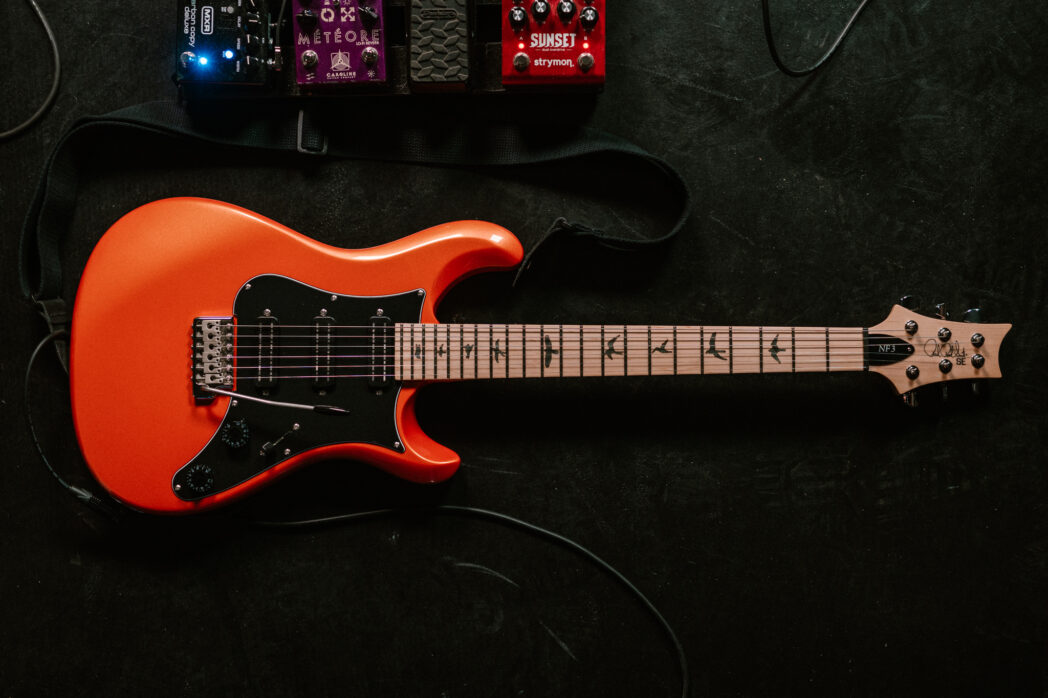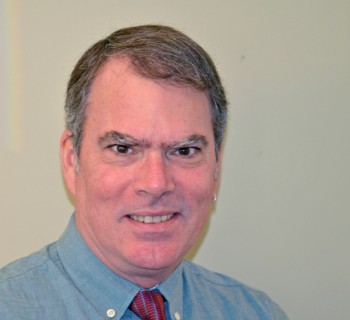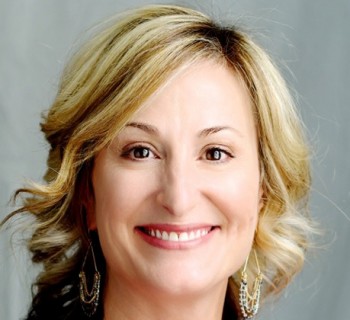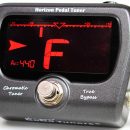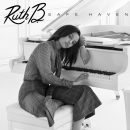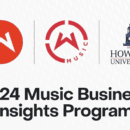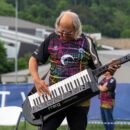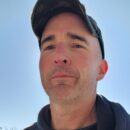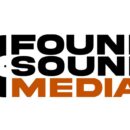Scott Maass runs sound at El Corazón / Funhouse in Seattle, and he told us all about it...
How long have you been running sound? How did you get into it?
I have been running sound on a level since, 2005. I got my first PA system from a friend's uncle. I think I paid $500 for an old Peavey SP2 rig, [and] had a couple of Black Widow SP2, the early ones. With some sort of Peavey tower top that had a line of Piezo tweeters [that] by the end half had stopped working ie. blown.
It was powered by a couple of mixer amps. I did a lot of shows early for bands on that little rig. No processing, I didn't even know about processing. I got into it as just a hobby, I loved making the shows happen. Probably the highlight of that rig was my band in 2012 or so, I took it out and did some small shows around Montana. It worked just well enough. Nothing like what I have now.
How did you get hooked up with El Corazón / Funhouse?
Things changed for me in 2011 when I moved to Seattle with my band. I moved into the house where my singer lived. I lived in the studio basement storage room. At the time, the main person of the house Jules worked at El Corazon as a sound engineer. The Funhouse had not moved yet. Jules had some small PA bits, and I moved the Peavey rig with me. Thats when my friendship with Jules really started, and we realized we had a shared affinity for speakers. We have since started an audio company together called Rogue Sound Northwest. So, our audio journey has come a really long way.
I, of course, was nowhere near a professional audio engineer, but Jules took me in and started to teach me the ways he had been taught from Josh Penner, who is now a world class audio engineer for the Showbox and many, many large bands. Eventually, Jules became head of audio at El Corazon, and soon afterwards the Funhouse moved to the El Corazon lounge. It was the middle of 2014 when I was ready, and Jules hired me to start mixing in the Funhouse.
It took me a couple years as I worked there only part-time to make it to El Corazon, the next step up. In those years I really got a great chance to hone my chops in a setting that was forgiving. So, when I moved up to the bigger rooms, I was prepared to succeed.
Any particular highlights? Which bands have been the best to work with?
So many band in the funhouse. I would say DUDE YORK, when I mixed them the first time they blew me away. Immediately, they became one of my favorite local bands. Acid Tongue played and it was the same thing -- they are so good. Heiress and Detonator are always some of my favorite bands to mix when they play the Funhouse.
How would you describe the acoustics/layout at El Corazón / Funhouse?
The Funhouse is a unique venue for its size. The stage is V shaped, because of the walls on either side. I have found the bands get a really good monitoring stage sound. For the most part the bands can hear themselves really well. From an acoustical perspective there's no real bad nodes in the room, no funny honks and no natural reverb. It's not dead, but it's just dead enough to not have any bad stuff happening from the room acoustics. I believe this happens because it's not just a square box. With where the V shaped stage is it gives a breakup of straight walls. The stage left top speaker is against a wall and that makes it sound a little different to the right if you solo them with pink. But in the mix, it does not seem to affect how it sounds.
What gear do you use?
The Funhouse PA is a Tri-Amp system. The JBL 12" tops are powered by two QSC amps, one for the mids and one for the highs in stereo, speakers are set to bi-amp. There is a single dual 18 JBL sub in the front center of the stage powered by two bridged QSC amps one to each 18" driver in the single box. It is processed for tri-amp by a DBX processor to split the mids and highs and the mono sub to the amps.
The desk is the people's console, the Behringer X32. I love the X32 for this room. Plenty of inputs. All the processing and effects most bands need. This particular one has been really reliable as well.
Monitors are a pair of powered speakers for mix 1-3 they are put up as side fills. Moving them up to head level really gives them great coverage for the stage right and left artists. There is a center mix 2 which is a JBL 12" monitor and an EV dual 15" and horn drum fill. Those are powered by one stereo QSC amp. All in all, plenty of monitor power for most bands. I have mixed some really heavy loud bands and was still
able to deliver proper monitor levels before clip to them. I believe the V shaped small stage helps with this.
Software wise I will run WAVES Supperrack Native on my laptop. I like to use the API 2500 on my drum bus, I will use PSE and CLA2A and F6 RTA dynamic EQ on my vocal bus. The PSE is not really meant for the bus, I use it there and when they are off the mics it kicks in. I really find it helpful during hip hop shows I will route it onto individual vocal channels as it should be run. It is really helpful on the hype man mics as it's silent till they hype. So, they can run around with the mic but it's quiet, till they get into it. Supperrack native also allows for VST3 so I use some Universal Audio plugins for reverbs and delays. The F6 RTA is also super useful on DJ lines. I will use its dynamic eq to keep the low end under control in the certain low frequencies. Helps to keep the vibe up but the subs not clipping.
I am head of audio now and The Funhouse has always been a great venue to me. Not only where I got my start, it is still the steppingstone for young audio engineers and new bands in Seattle. This is where my young audio engineers are able to get their start in a forgiving room on a powerful tri-amp PA. While still being sophisticated enough with the digital board and the balanced PA, my seasoned engineers get enough power as well.
For more information, visit elcorazonseattle.com.


